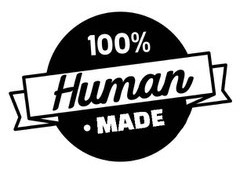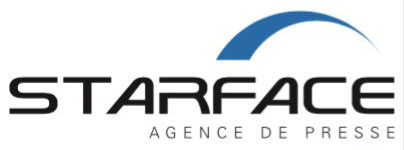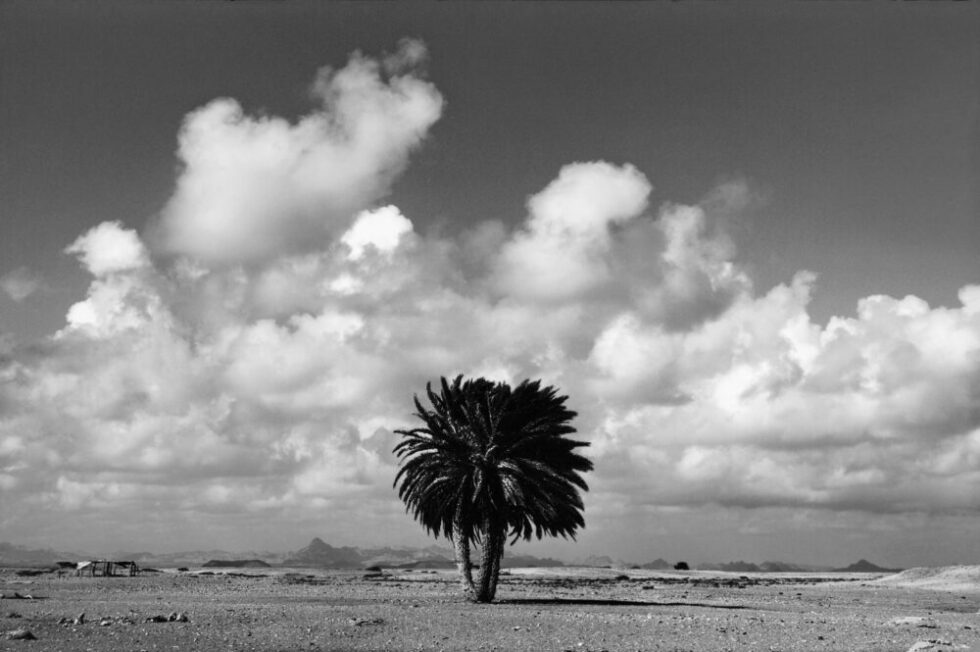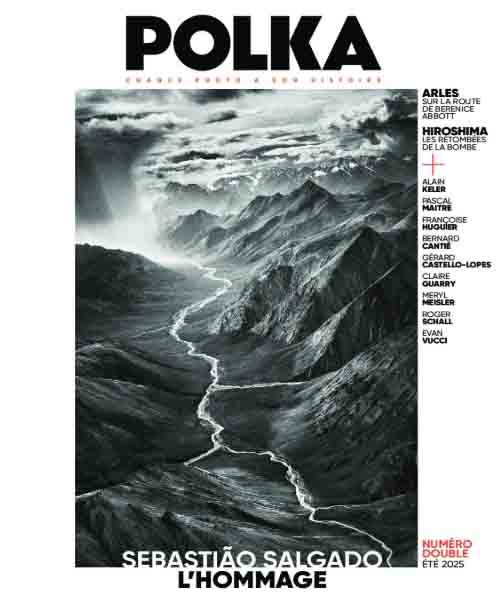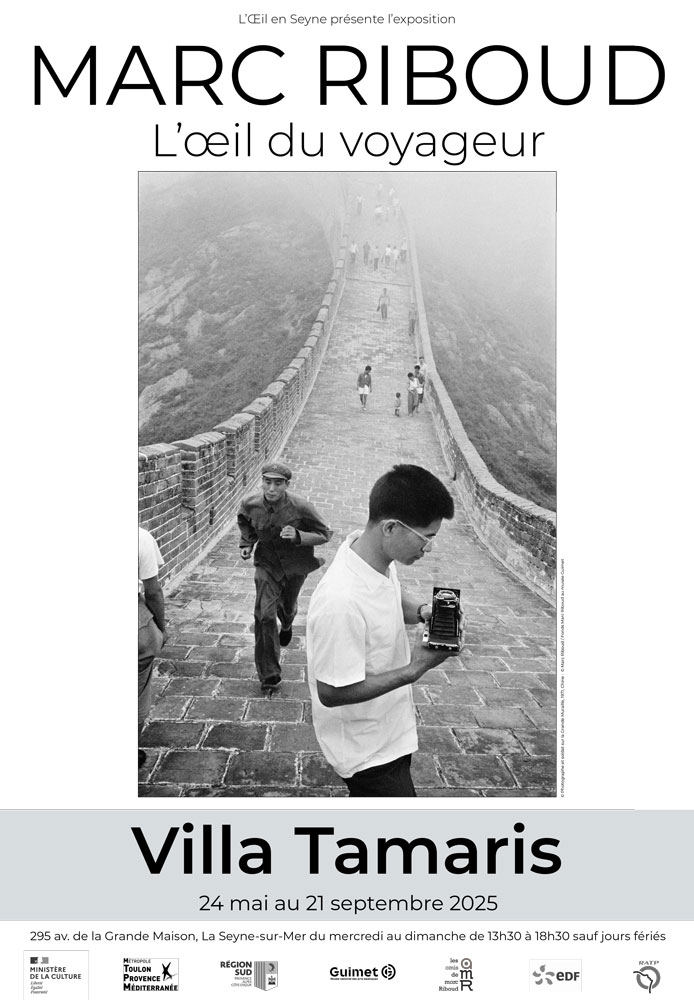 Interview: Guillaume Clavières by Michel Puech in La lettre de la photographie 2011, 09, 01
Interview: Guillaume Clavières by Michel Puech in La lettre de la photographie 2011, 09, 01
Marc Brincourt ( à gauche ) chef du service photo , Olivier Royant ( au milieu ) Directeur de Paris Match, Guillaume Clavières (à droite) Rédacteur en chef photo,dans la salle de conférence de la rédaction © Karyn Bauer
He is Mr. Photo of Paris Match, in other words the person whom all photographers dream of convincing about a project. By saying “yes” he can offer the front page or a double page or more in the magazine that after more than sixty years is still the major French weekly of news, celebrities and international reporting.
Guillaume Clavières rarely speaks about his job to journalists. So this is a rare interview that we are publishing today, beginning a series on the women or the men of the press who buy reportages.
How did you start at Paris Match?
I was studying law and economy and I had to do a work placement. I didn’t really know what I wanted to do. Michel Sola, who was then managing editor of the photo department of Paris Match, was a friend of the family…so I entered Paris Match as a trainee in June 1985, and I’m still there.
At first I was working on news for the editorial staff, and then I began to work as a reporter. I carried out a number of investigations in the field for Jean Cau who was one of the top writers at the time.
And photography?
After two and a half years, I was named an editor in the photo department. So I worked a long time with Michel Sola and his assistant Didier Rapaud, under the supervision of Roger Thérond, the magazine’s renown head. When Michel Sola left because of illness, I became Didier Rapaud’s assistant, and when he was named head of Gamma in October 2002, I became the photo editor.
When you first arrived at the photo department, before taking over the management, what was your view of the photo market?
At the time, in 1987-88, it was the reign of Sygma, Gamma, Sipa, Imapress…. There was an amazing profusion of subjects. It was not unusual for Alan Dupuis, the number one sales representative for Sygma, to arrive every day with three or four subjects for Paris Match! Monique Kouznetzoff, head of Sygma’s “charme et people” department, could provide thirty covers a year! The agency sales representatives were waiting in the hallway and the magazine was doing its shopping. I was just an editor but if we couldn’t hear what was going on inside Michel Sola’s office, with certain inquisitiveness we could find out the purchase price…
At the time, it was war with VSD, also Jours de France, and then later with Figaro Magazine. It was not that uncommon that Michel Sola would buy several reportages on the same subject from different agencies in order to block the competition, for we wanted exclusive photos.
When did the network agencies (Reuters, AP, AFP etc) really begin to come into the picture?
I seem to remember that it was around the time that Michel Sola began to be less present, around 1996. The “networks” grew in power and quality, and meanwhile the feature agencies were producing less, were more hesitant to send photographers out on leads.
Sygma, Gamma, Sipa considered more carefully about sending a photographer off in an airplane because the local “stringers” were beginning to send quality stuff and more and more quickly! The feature agencies were still functioning OK but they were investing less. This was also the time when Paris Match blocked subjects less and less. The competition had evolved.
And just when did the major revolution of this market take place?
It happened in the years 2000, after the “50 Years of Paris Match” that Michel Sola planned at his home although he was already ill. Today, the work is no longer anything like it was during Roger Thérond’s and Michel Sola’s time. It’s very hard to buy an exclusive story because the smallest newspaper distributes its photographers via an agency and all the local agencies distribute their reportages to several others around the world…Result—it’s practically impossible to be certain that a photo distributed by four or five agencies at the same time is really an exclusive one.
Readers saw that with the catastrophe in Japan and the photo of the icon of Fukushima…
Of course, that photographer’s newspaper gave the famous photo to several network agencies with the result we know: dozens of the same covers. It was the same thing in Norway for the assassinations on Utoeya Island. We had very strong photographs but it was impossible to buy them in exclusivity. But at Paris Match, we try to maintain the great tradition of the magazine: the cover and the front page article.
But the photo department budget is not what it used to be?
We fight to maintain a significant budget, thanks to which we are able to work with independent photographers. For the Arab Spring, we gave guarantees to reporters—you can see their photos in the Visa pour l’Image exhibition. And also we help the international reporters such as Sebastiao Salgado to produce very ambitious subjects—we’ve been sponsoring his Genesis project for eight years. Same for Eric Valli with whom we’ve produced three major subjects, one has already been published, another will be published in the fall…
But the work has changed so much… In the past, Alain Dupuis would bring us five ready-to-be-published subjects, and edited. Today we receive 15,000 photos a day which don’t interest us. Not to speak of the 35,000 to 40,000 photos which arrive the day of a marriage in London or in Monaco. But those 15,000 images that arrive on an ordinary day have not been selected for us. They haven’t been targeted. There’s been a decline in professionalism all along the line of production. Everyone wants to go quicker, but there’s a loss in that.
It seems to me that photographers are also less journalistic. Jean Ker covering news stories, Richard Melloul with Depardieu, Gérard Rancinan and others…these are the great professionals careful of details, checking the facts. Today, I sometimes have the impression that the ABCs of the profession have been forgotten.
What development do you see?
In this crazy and permanent floodtide, continue to fight to tell genuine beautiful stories such as Paris Match has done since the beginning, with beautiful covers, series of images…But frankly, it’s more and more difficult, in part also because right now we don’t have any real competition.
Interview by Michel Puech
Links
http://www.puech.info
ContributorsDernière révision le 3 mars 2024 à 7:15 pm GMT+0100 par Michel Puech
- Raymond Depardon
A 18 ans, il découvre
le désert et la mort… - 4 juillet 2025 - Marianne Rosenstiehl
60 portraits inédits d’étoiles
dans un jardin provençal - 4 juillet 2025 - Magali Jauffret
La critique photo de l’Huma,
est décédée - 27 juin 2025
Et pour ne rien louper, abonnez vous à 'DREDI notre lettre du vendredi

